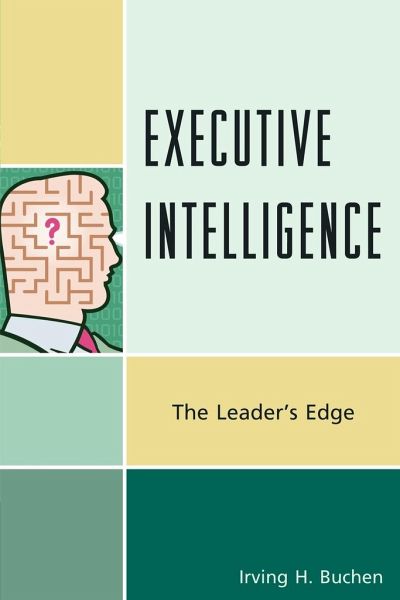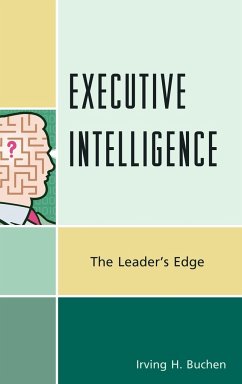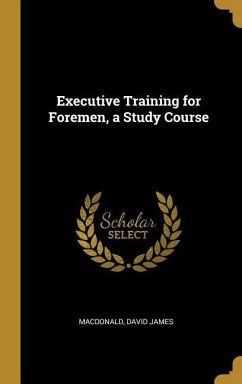
Executive Intelligence
The Leader's Edge
Versandkostenfrei!
Versandfertig in 1-2 Wochen
63,99 €
inkl. MwSt.
Weitere Ausgaben:

PAYBACK Punkte
32 °P sammeln!
Executive Intelligence zeros in on leadership smarts and notes that in all lists compiled by leadership experts, head hunters, and boards of directors the one and only trait that appears in all is intelligence.













